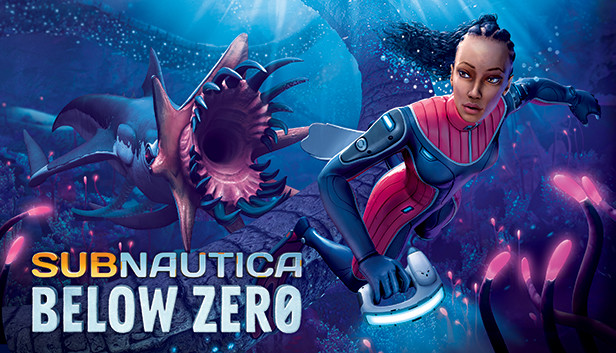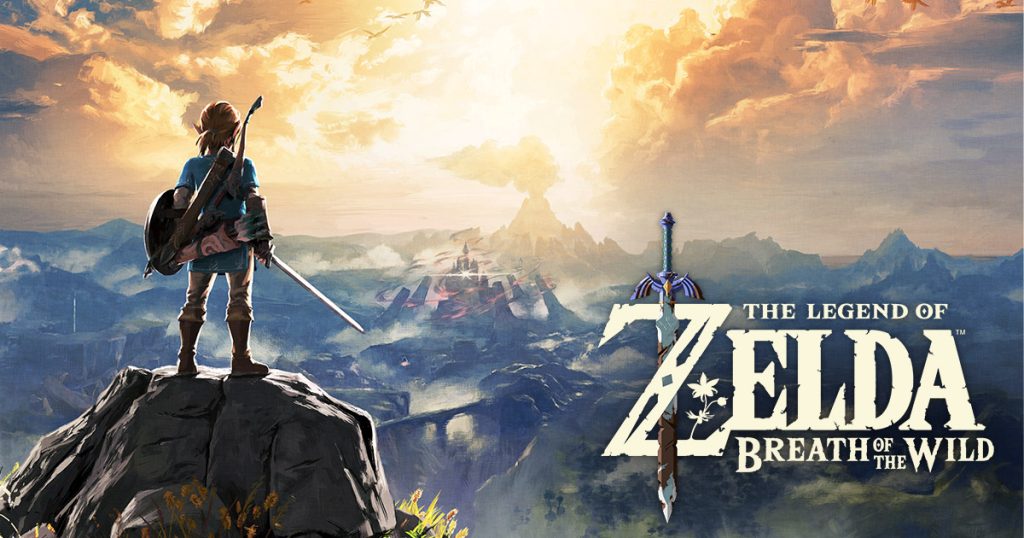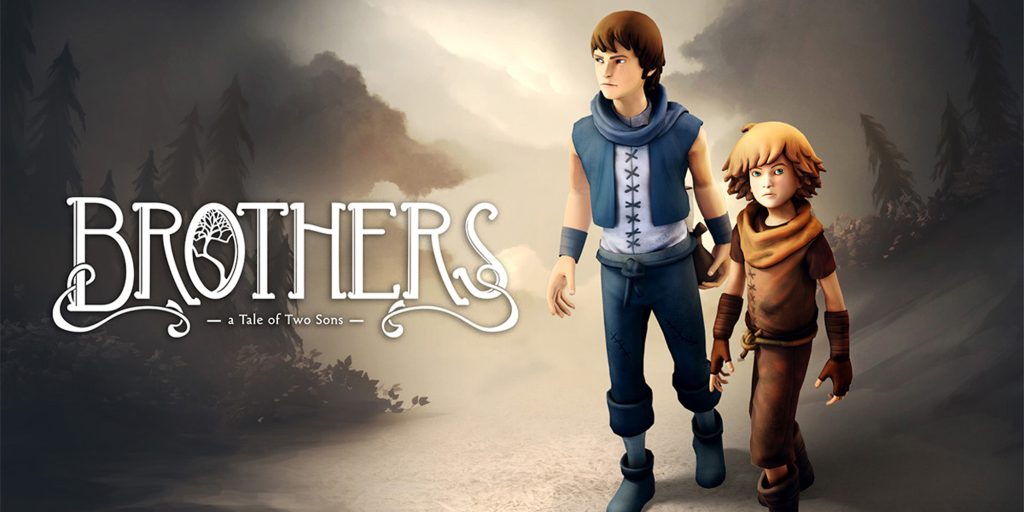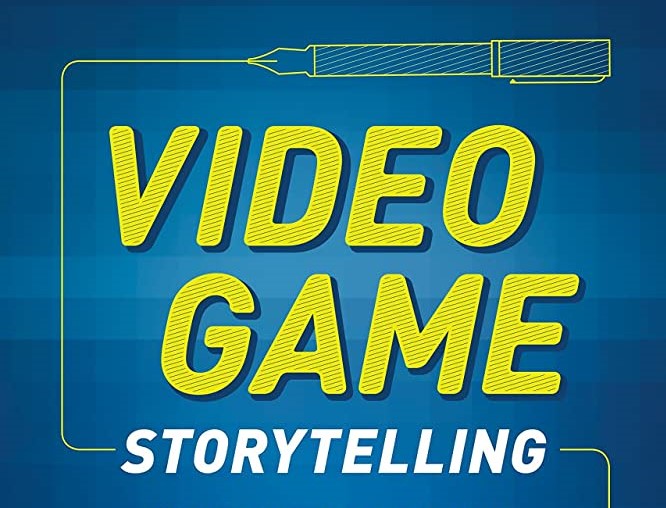In a world where interactive experiences are increasingly prevalent, storytelling in games has emerged as a distinct and powerful form of narrative expression. Unlike movies or books, games offer a unique blend of player control and immersion, presenting new opportunities and challenges for storytellers. This article explores the tips and insights shared by a UK-based writer, during his presentation on storytelling for games to the AGD (Africa Game Developers) Community. Let’s delve into the fascinating world of storytelling in games.
Understand the Unique Nature of Games
Games offer players the freedom to shape their own experiences and interact with the story at their own pace. They become active participants in the story unlike in a movie or a book where they passively consume with a story.
Therein lies the challenge because traditional story structures, like the classic plot arc, don’t apply directly to games due to their non-linear nature. Players often prioritise accomplishing tasks over experiencing the emotional aspects of the story. However, some developers are finding ways to strike a balance, limiting player actions to allow the story to unfold without interference.

Games and Immersive Stories
Games like Mass Effect allow players to create personalized characters, providing a highly personal experience. For instance, once you design your own character no one else can play with that particular character. This is something only games can achieve.
Whether it’s stepping into the shoes of a heroic protagonist or making crucial decisions that shape the story, games empower you as a player to become part of the adventure and weave your own tale!
Various Approaches to Game Stories
Game narratives can take different forms. Some games place a strong emphasis on the story itself, allowing you to create a character of your own. You can customize their appearance and guide their actions, essentially crafting your own personal storybook.
On the other hand, some games focus on delivering extraordinary gameplay experiences and complementing them with intriguing narratives. It’s like having vivid illustrations enhancing the pages of a book.

Subnautica is a fantastic example of these kinds of games. They had a great survival game, an amazing world to explore and interesting interactions with the environment to survive and build new things. It did not really need a story but they hired a good writer anyway who crafted a story into this world. The story improved all the players’ interactions and experiences in the game. This made everything more satisfying.
Unveiling Secrets and Exploring Worlds
Have you ever played a game where you embark on a quest to unravel hidden mysteries or explore vast, immersive worlds? Some games skillfully hide their stories within the game environment, encouraging you to observe your surroundings and pay attention to every detail. It’s similar to being a detective, meticulously piecing together clues to solve an enthralling mystery.

One example of a game fitting this description is “The Legend of Zelda: Breath of the Wild.” As the hero named Link, you wake up in a huge world filled with secrets and mysteries. You explore the beautiful landscapes, solve puzzles, and find clues that lead you to new discoveries. By paying attention to details and piecing together these clues, you uncover the story and embark on a quest to save the kingdom. It’s an immersive adventure where you feel like a real-life explorer, unravelling captivating mysteries at every turn.
Evoking Emotions and Experiences
Just like books or movies, games can evoke a wide range of emotions. They can engage your senses, make your heart race, or even bring tears to your eyes. They achieve this through thrilling challenges, thought-provoking narratives, or empathizing with well-crafted characters, games have the power to take you on an emotional roller coaster ride.

A great example of this is Brothers: A Tale of Two Sons. This game uses what is referred to as Input storytelling where the use of a gamepad helps in telling the story. In Brothers, as a player, you are expected to play two characters with one controller because it is a single-player game.
Therefore, you control each character with one thumb. At some point, one of the brothers is taken away and you physically feel their loss because it’s clear that one of your thumbs is not being used anymore.
The Power of Multiplayer and Collaboration
Collaborative gameplay lets you embark on adventures with friends and people from around the world, conquer quests, and solve intricate puzzles as a united force.
This leads us to this important point, when crafting the story it is advisable to collaborate with the developers to include the game mechanics in the narrative. This is what brings the best results because they get woven together and become one thing. Whereas if a story comes later, it is rarely as effective. The earlier you can get a writer on board the better.




